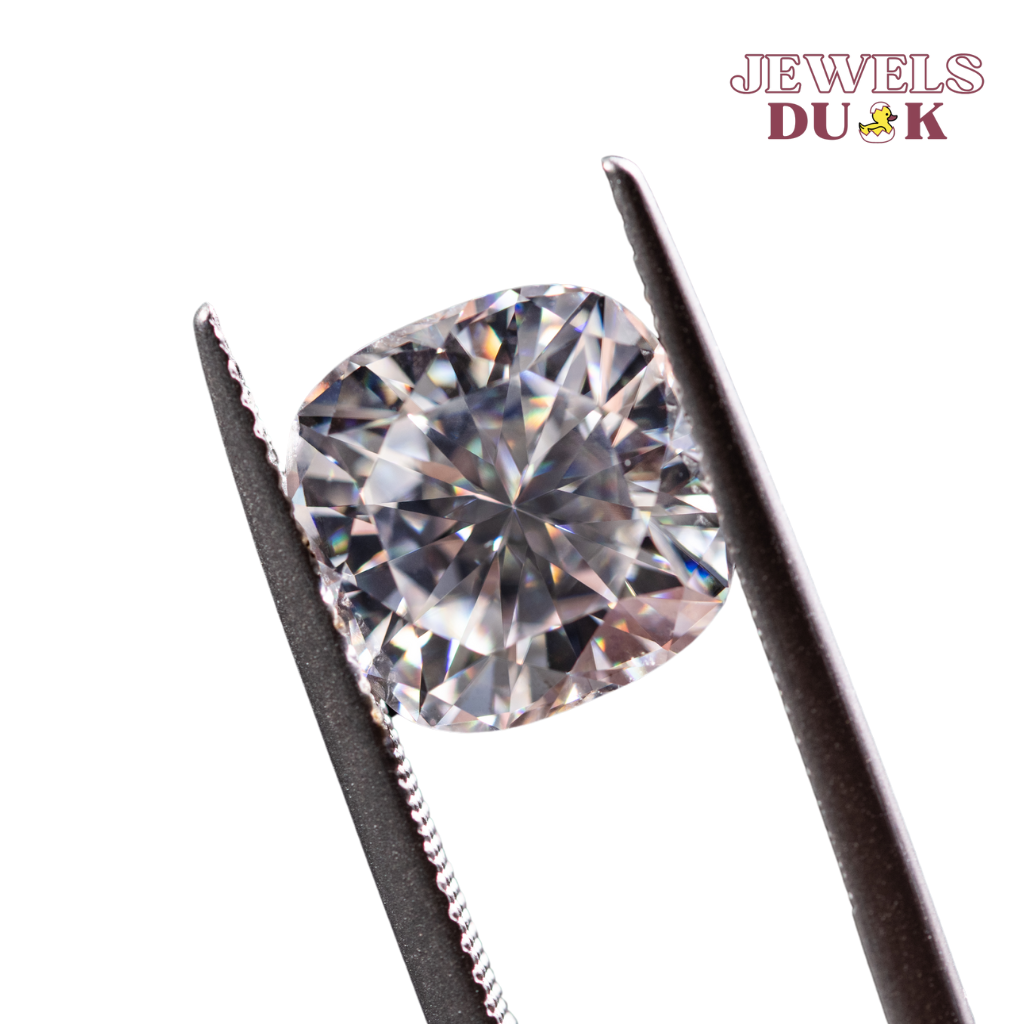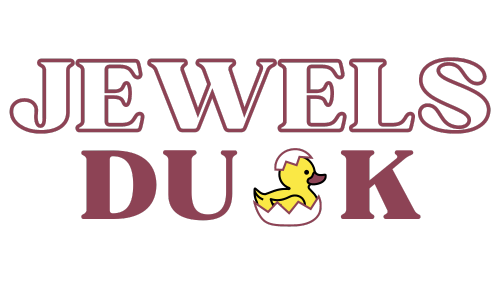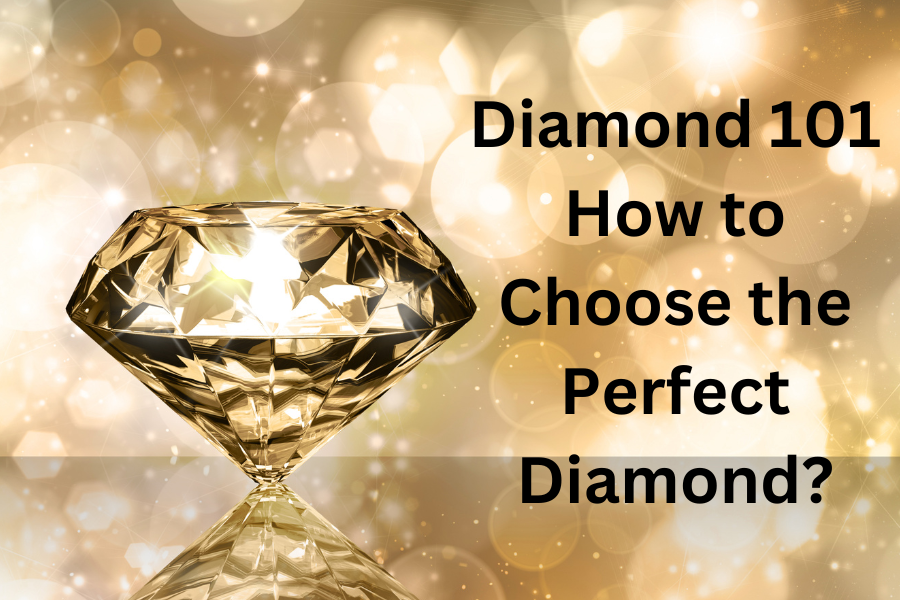Getting a diamond for an engagement ring or other jewelry can be very overwhelming. Not only is the sparkling gemstone going to set the stage for a lifetime commitment, but it’s also an investment one is making. It is in this comprehensive diamond buying guide that we will walk you through choosing your perfect diamond easily with top tips and advice on diamond 101 selection.
Table of Contents
Understanding Diamond Grades
Before getting into the details of choosing the perfect diamond, understanding the grading scale is a necessity. The 4Cs include cut, clarity, color, and carat weight; combined, these make a diamond beautiful and valuable.
Diamond Cuts and Clarity
The cut is the part of a diamond that most affects its brilliance. If done right, even small imperfections in the cut can cause magnificent light reflectance from both inside and out of the diamond, which gives off a shining effect. Various cuts of diamonds include round, princess, emerald, and oval. Each of these cuts exudes varied appeal; hence, your choice must be determined by personal preference.
Clarity refers to whether there are any internal or external imperfections. These two types of imperfections may either be inclusions or blemishes. The clarity shall be determined based on the lesser inclusions that are noted within the stone. A diamond clarity guide is supposed to provide you with comprehensive information on all clarity grades, from flawless to include. No inclusions would be noted with flawless clarity when using 10x magnification. Inclusions, on the other hand, refer to those inclusions that can easily be seen by a distant, nude eye.
Diamond Color and Carat
Color in diamonds does exist, and the ones with very little color are of more value. The color scale for diamonds goes from D, meaning it is colorless, to Z, meaning light yellow or brown in color. Colorless diamonds being a rarity make them costly, whereas near-colorless diamonds, which have grades G–J, will give great value while appearing colorless to any untrained eye.
The carat weight refers to the size of the diamond. Larger diamonds are rarer and usually more expensive. However, it is not just the carat weight that gives a diamond value. A smaller, well-cut diamond can be of more value and beauty than a big, poorly-cut diamond with poor clarity.
How do I Choose the Right Diamond?
Ideal Diamond 101 Shapes
The perfect diamond shape is dependent on taste, personal style, and many other factors. The most popular diamond shapes include the following:
Round: Known for its brilliance and fire, the round brilliant cut is the most popular diamond shape.
Princess: square-shaped and very modern, with so much sparkle, it shines bright like ice.
Emerald: This rectangular diamond with step cuts emanates elegance in an emerald diamond.
Oval: Take the brilliance of a round cut and elongate it into a more unique shape, and you have oval diamonds that become that one-of-a-kind piece.
Cushion: With rounded corners and larger facets, cushion-cut diamonds have a very vintage feel to them.
Also read: What Diamond Shape Is Trending Now?
About Diamond Certification
A diamond certification, or grading report, is a document from any of the recognized gemological labs that details a diamond’s characteristics, including the 4Cs. The most prestigious labs are the Gemological Institute of America (GIA), the American Gem Society (AGS), and the International Gemological Institute (IGI). Always demand a certificate while buying a diamond to make sure you are getting what you paid for.
What are the 4 C’s of choosing a diamond?
How to Buy a Diamond:
1. Set a Budget: This is the first step to buying a diamond: figure out how much one wants to spend. This will immediately narrow the Roose-Talent options and assure that one will get the right value.
2. Choose your Biggest Priority: Decide which of the 4Cs one would want most. If one wants brilliance, pay more attention to the cut quality.
3. Compare Diamonds: Compare different diamonds side by side to understand more about the quality versus the price.
4. Expert Consultation: You must consult some reputed jeweler who will help you through the process of diamond selection.
5. Certification Check: Always buy certified diamonds, for the authenticity and quality of the stone are guaranteed then.
6. Return Policy: Note return and exchange policies.

What is most important when choosing a diamond?
Choosing a Diamond Ring! While choosing a diamond ring, one must keep in mind the kind of metal to be used and the style of setting. These would complement the diamond. Commonly used metals include platinum, white gold, yellow gold, and rose gold. The style of setting—solitaire, halo, or three-stone—may dramatize the diamond or enhance its looks and the overall look of the ring.
Diamond Investment Guide
A good investment in diamonds requires meticulous planning. It, therefore, can obtain quality from a good cut, clarity, color, and carat weight. The value of certified diamonds from the leading sources not only holds but also appreciates. Like any other investment, however, buying a diamond requires due diligence on the part of the buyer by consulting with diamond experts, especially where huge sums of money are involved.
The Basics of Diamond 101 Education
The more you know about diamonds, the more empowered you will be when making a decision. Online guides on how to buy diamonds, consulting a gemologist, and taking diamond education classes are excellent resources. Knowing about the process of diamond selection will greatly enhance your buying experience and make it more pleasurable.
Conclusion
That magic diamond will require knowledge of the 4Cs, selecting an optimum shape, and other individual factors based on personal preference and budget. You will feel quite confident in your ability to choose a diamond that a loved one will treasure for years after going through the diamond selection tips outlined in this guide. After all, the best diamond ring has to combine both quality and beauty for everyday engagement wear, along with making a statement at special occasions, extruded with your own personal stamp on it.
This diamond buying guide equips you with knowledge on how to navigate through the diamond selection process like a pro.
Happy Diamond Shopping!
Frequently Asked Questions about Diamond 101
- What are the most paramount factors in purchasing a diamond?
The 4 Cs of a diamond are most probably the most crucial factors by which this is to be bought: cut, clarity, color, and carat weight. Cut would affect sparkle; clarity involves imperfections within the stone; colorlessness to yellow or brown; and carat weight will determine the size of the diamond. Keep these elements in mind, and then set your priorities according to your desires and budget.
2. How do I know the quality of the diamond I am going to buy will be good?
You want to have confidence in buying a good-quality diamond; hence, only buy from known good dealers and ensure you have certification about your diamond from a known gemological laboratory like the GIA, AGS, or IGI. The certificate contains an elaborate description of the diamond’s characteristics to prove its authenticity and quality.
3. What are the best diamond shapes to mount on an engagement ring?
The best diamond shape for an engagement ring comes down to personal preference. The most popular include round, princess, emerald, oval, and cushion. The round ones are blessed with brilliance; the princess and cushion cuts have modern and vintage looks, respectively. Choose something that defines you or your loved one’s style.
4. How does a diamond’s cut go on to reflect in its appearance?
Diamond cut refers to how much it is going to affect the appearance of the diamond, considering that the main role of a diamond is to reflect light. A well-cut diamond gives out all its brilliance and sparkle. Even poorly cut diamonds with exceptionally high clarity or color grades will appear really dull. Make sure you always grade the quality of the cut in order to make your diamond look the best.
5. What should I know about diamond carat weight?
Carat weight is a term that really does mean size. Since larger diamonds form natural banks and are rare, the majority of them turn out to be more costly. The value of the diamond does not depend on its carat weight. A small, well-cut, clean, colored diamond can be more beautiful and of higher value than a big diamond with low grades in cut, clarity, or color. Balance carat weight with the other 4Cs to find the perfect diamond.
Connect with us on LinkedIn.






